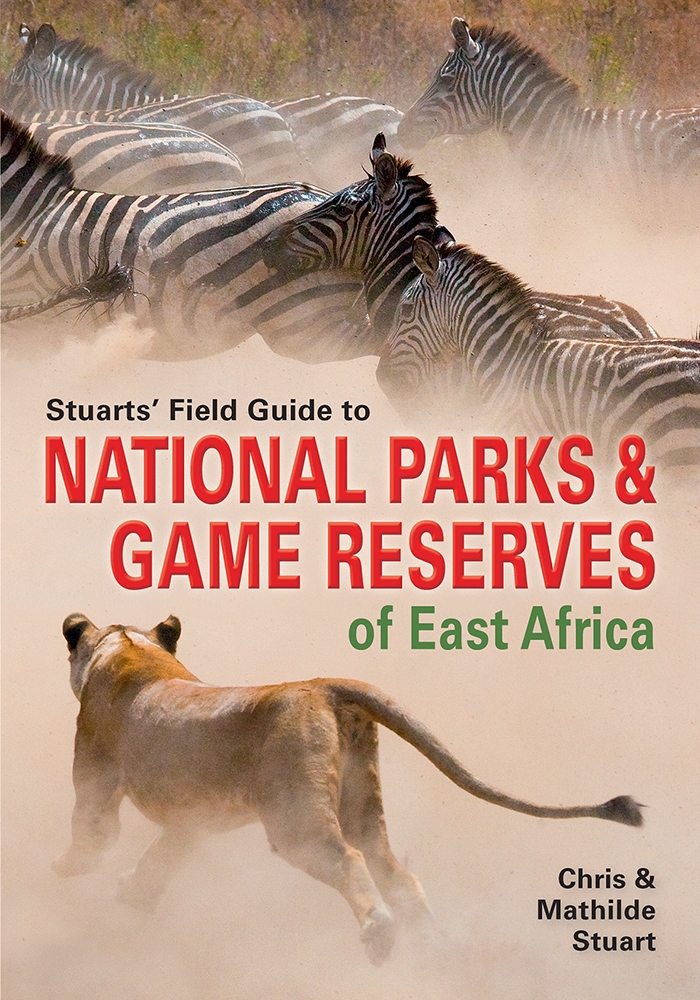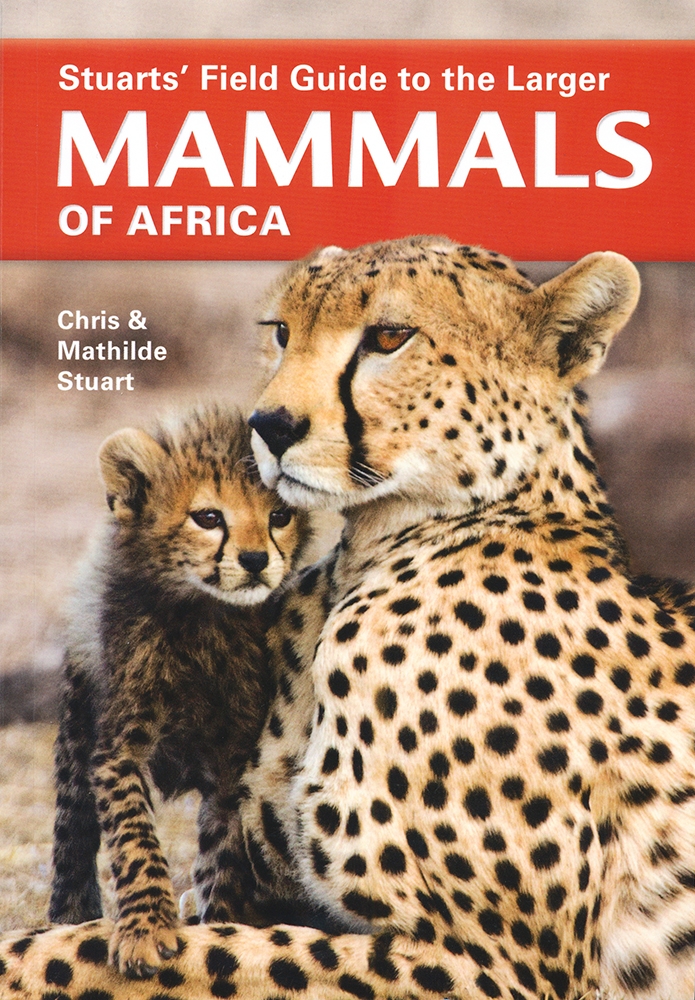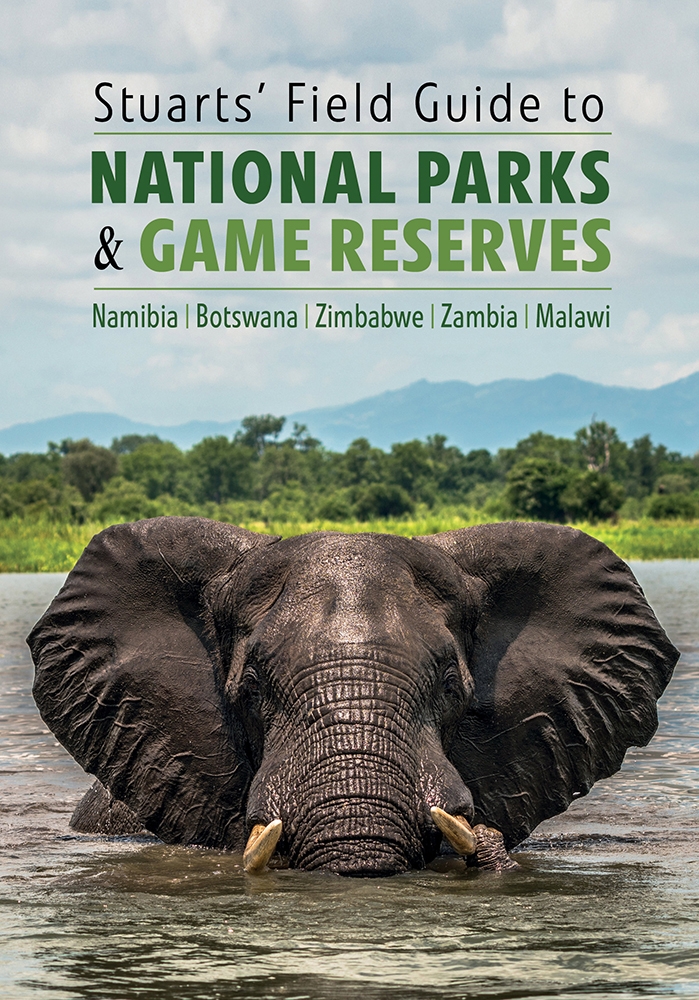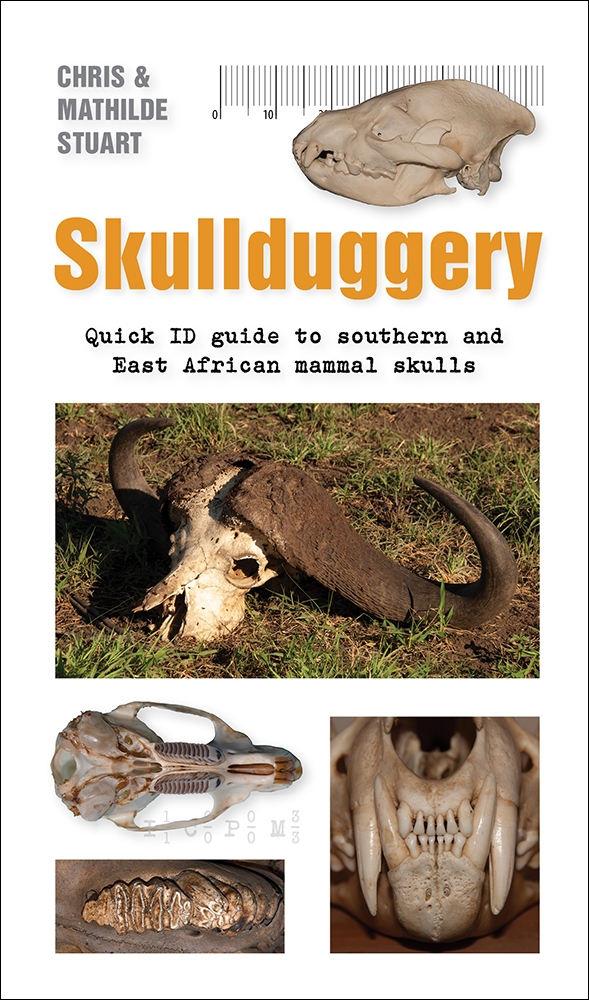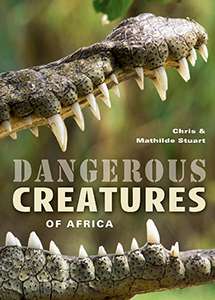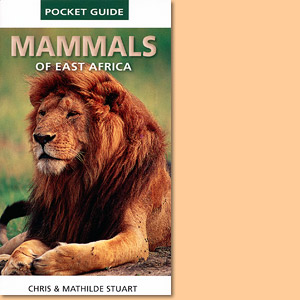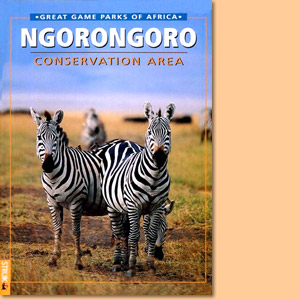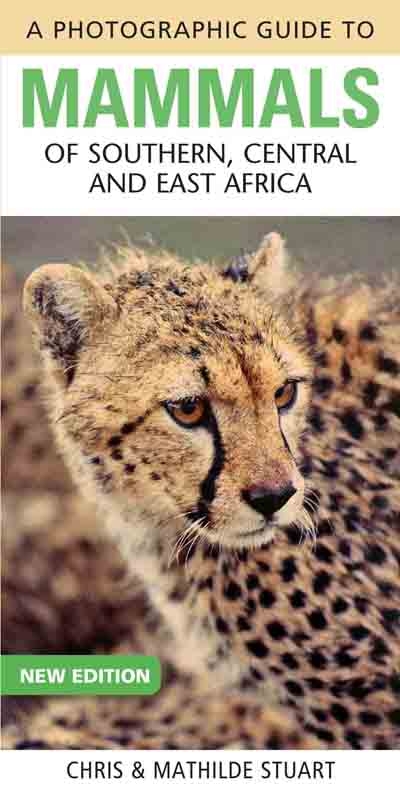Taschenführer: Säugetiere, Südliches Afrika, von Chris und Tilde Stuart

Taschenführer: Säugetiere, Südliches Afrika, von Chris und Tilde Stuart. Randomhouse Struik (Nature) Kapstadt, Südafrika 2011. ISBN 9781770078871 / ISBN 978-1-77007-887-1
Das Forscherehepaar Chris und Tilde Stuart gehört zu den erfahrensten und besten Naturführerautoren des Südlichen Afrika. Dieser hervorragende Taschenführer für Säugetiere, Südliches Afrika, gehört zu den immer seltener werdenden deutschen Ausgaben südafrikanischer Verlage.
Das südliche Afrika besitzt über 350 Säugetierarten, eine Vielfalt von Lebensräumen und beeindruckende Naturschönheiten. Es beinhaltet sowohl die älteste Wüste der Welt, die Namib, als auch das Okavangodelta, das größte Binnendelta der Erde. Zwei große Meere umspülen seine Küsten, der Atlantik im Westen und der Indische Ozean im Süden und Osten. Das Gebiet weist auch majestätische Bergketten auf, wie die Drakensberge und den Soutpansberg; wichtige Flüsse schließen den Limpopo, Sambesi, Kunene und Oranje (Gariep) ein. Und hier liegen auch die weitläufigen Trockengebiete der Kalahari, der Großen Karoo und des Namaqualandes. Politisch besteht das südliche Afrika aus Südafrika, Namibia, Botsuana, Simbabwe, Mosambik, Swasiland und Lesotho. In Swasiland wurden wildlebende Tiere stark dezimiert. In Lesotho bleiben nur kleine Bestände übrig. Die Vegetationskarte ist stark vereinfacht, zeigt aber sieben der wichtigsten Vegetationszonen der Region. Die Bevölkerungszahlen in Botsuana und Namibia sind relativ niedrig und es existieren noch weite Gebiete mit unverändertem Habitat. Bewaffnete Konflikte in Mosambik und Unruhen in Simbabwe haben zu einer beträchtlichen Abnahme der Zahlen wilder Säugetiere geführt. Kürzliche Verbesserungen des Naturschutzes in Mosambik ließen die Zahlen von Antilopen und anderem Wild in diesem Land wieder ansteigen. Der Subkontinent besitzt ein ausgeprägtes Netz von Nationalparks, Wildreservaten und privaten Wildfarmen, diese weisen eine Vielfalt von Habitaten und Tierarten auf. Im Allgemeinen haben die Länder des südlichen Afrika einen guten Ruf in Sachen Naturschutz, einige Teile zeigen allerdings einen Rückgang in Motivation und Finanzmitteln und einen Mangel an gut ausgebildetem Personal. Dieses Buch konzentriert sich auf die größeren, öfter gesehenen Tierarten, schließt allerdings auch einige ungewöhnliche Arten ein, wie das Schuppentier, Erdferkel und Stachelschwein, und Vertreter der verschiedenen Fledermaus-, Spitzmaus-, Rüsselspringer- und kleinen Nagetierfamilien. Obwohl sie nicht oft gesehen werden, sind sie doch genauso interessant und divers wie die größeren Arten. Der Text beschreibt nicht nur die größeren, offensichtlicheren Säugetiere des südlichen Afrikas, sondern auch einige seltene, aber charakteristische Arten. Dies macht eine schnelle und sichere Bestimmung möglich.
Dies ist ein Auszug aus dem Buch: Taschenführer: Säugetiere, Südliches Afrika, von Chris und Tilde Stuart.
Titel: Taschenführer für Säugetiere, Südliches Afrika
Autoren: Chris Stuart; Tilde Stuart
Verlag: Randomhouse Struik - Nature
Kapstadt, Südafrika 2011
ISBN 9781770078871 / ISBN 978-1-77007-887-1
Broschur, 11x18 cm, 160 Seiten, durchgehend Farbfotos
Stuart, Chris und Stuart, Tilde im Namibiana-Buchangebot
Taschenführer: Säugetiere, Südliches Afrika
Der Taschenführer Säugetiere: Südliches Afrika, legt seinen Schwerpunkt auf die größeren, öfter gesehenen Tierarten, schließt allerdings auch einige ungewöhnliche Arten ein.
Traveller's Wildlife Guide Southern Africa
Traveller's Wildlife Guide Southern Africa introduces 500 of Southern Africa’s most common amphibians, reptiles, birds, and mammals.
Stuart's Field Guide to National Parks and Game Reserves of East Africa
Stuart's Field Guide to National Parks and Game Reserves of East Africa provides an overview of some 58 protected areas across East Africa.
Stuarts’ Field Guide to the Larger Mammals of Africa
Stuarts’ Field Guide to the Larger Mammals of Africa concentrates on the more visible and easily distinguished larger species.
Stuarts' Field Guide to the Tracks & Signs of Southern, Central and East African Wildlife
Stuarts' Field Guide to the Tracks & Signs of Southern, Central and East African Wildlife, this is the 5th revised edition.
Stuarts' Field Guide to National Parks and Nature Reserves of Namibia, Botswana, Zimbabwe and Zambia
Stuarts' Field Guide to National Parks and Nature Reserves of Namibia, Botswana, Zimbabwe and Zambia.
Carnivores: Quick ID guide to Africa's predatory mammals
Carnivores: Quick ID guide is a compact and quick ID identification guide to Africa's predatory mammals.
Flying Mammals Quick ID guide to the bats of Africa
Flying Mammals Quick ID is a compact and quick ID identification guide to the bats of Africa.
Avian Architects: Quick ID guide to nests and eggs of southern African birds
Avian Architects: Quick ID is a compact and quick ID identification guide to nests and eggs of southern African birds.
Primates: Quick ID guide to Africa's great apes, true monkeys and their relatives
Primates Quick ID is a compact and quick ID identification guide to Africa's great apes, true monkeys and their relatives.
Skullduggery: Quick ID guide to southern and East African mammal skulls
Skullduggery is a compact and quick ID identification guide to skulls of southern and East African mammals.
My first book of Southern African animal tracks
My first book of Southern African Animal Tracks introduces 55 different types of animals and their footprints.
Stuarts' Field Guide to Mammals of Southern Africa
Stuart's Field Guide to Mammals of Southern Africa covers near to 400 mammal species including Angola, Zambia and Malawi since the 5th edition of 2015.
Behaviour briefs: Quick guide to southern and East African animal behaviour
Why do they do that and what next? Behaviour briefs is a quick guide to southern and East African animal behaviour.
On Track: Quick ID Guide to Southern and East African Animal Tracks
On Track is a quick identification guide to tracks of Southern and East African most commonly found mammals, reptiles, rodents, birds and insects.
A Field Guide to the Tracks & Signs of Southern, Central and East African Wildlife
Latest edition of A Field Guide to the Tracks & Signs of Southern, Central and East African Wildlife.
Stuarts' Field Guide to National Parks and Nature Reserves of South Africa
Stuarts' Field Guide to National Parks and Nature Reserves of South Africa offers a comprehensive overview of 43 parks, reserves and wilderness areas.
Dangerous creatures of Africa
The focus of Dangerous creatures of Africa is on understanding, identifying, avoiding and surviving these potential hazards of the African wilds.
Mammals Of East Africa Pocket Guide
Mammals Of East Africa Pocket Guide covers all of the common and some of the less common mammal species.
Mammals of Southern Africa Pocket Guide
Authoritative and colourfully illustrated, Mammals of Southern Africa Pocket Guide offers concise information.
Field Guide to Mammals of Southern Africa
A total of 337 species are covered in this fully revised comprehensive field guide to mammals of Southern Africa.
Field Guide to the Larger Mammals of Africa
Field Guide to the Larger Mammals of Africa provides over 400 colour photos, with concise, pertinent information highlighting the diagnostic features of each species.
Ngorongoro Conservation Area
From the series 'Great Game Parks of Africa' this is a portrait of the Ngorongoro Conservation Area.
Sasol Roadside Guide. Cape Town-Port Elizabeth: Discovering Nature Along the N2
The Sasol Roadside Guide Cape Town-Port Elizabeth: Discovering Nature Along the N2 interprets the surrounding countryside - plants, birds, mammals, reptiles, agriculture, geology.
A Photographic Guide to Mammals of Southern, Central and East Africa
A Photographic Guide to Mammals of Southern, Central and East Africa introduces 152 mammal species of each family group.
Field Guide to Tracks and Signs of Southern and East African Wildlife
Related to Southern African and East African Wildlife, this great field guide is about their tracks and signs, like droppings, feeding signs, scent marks and others.



